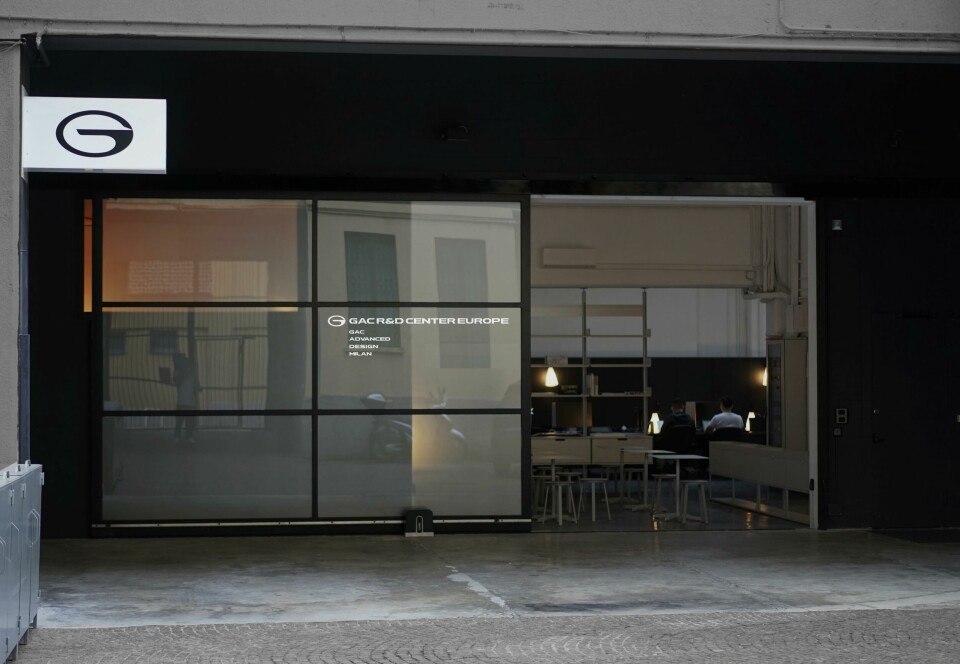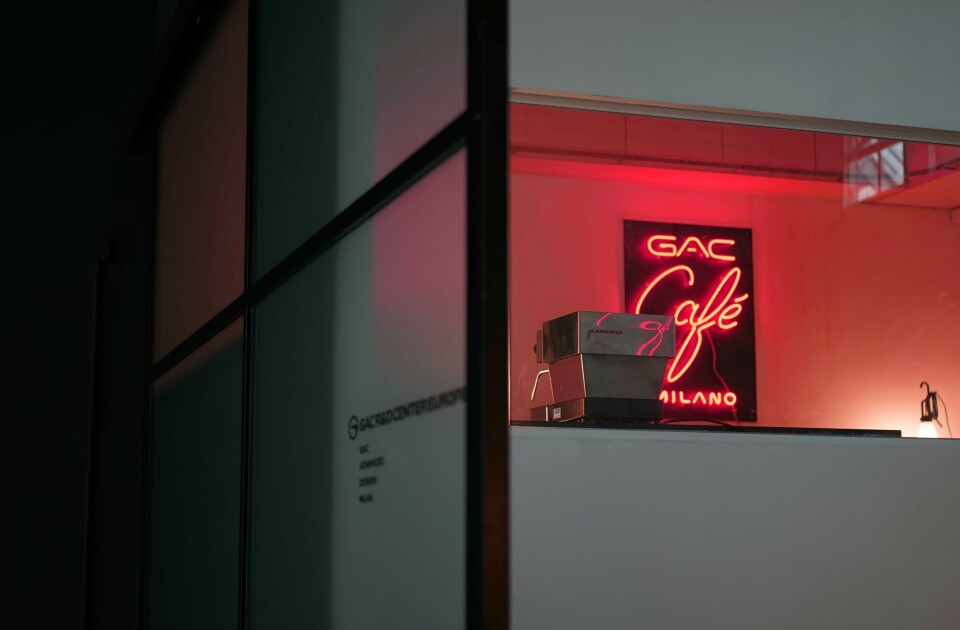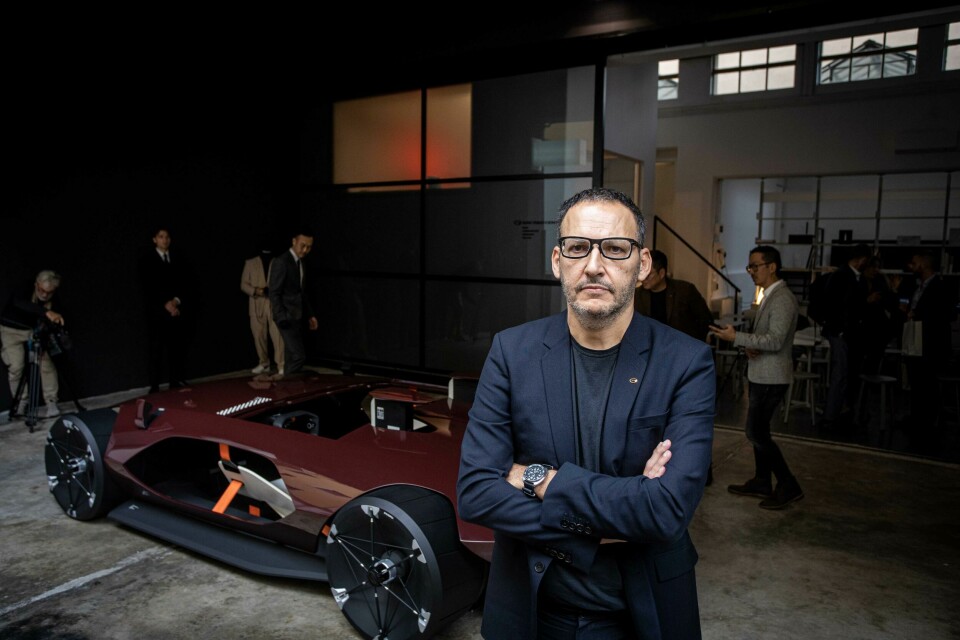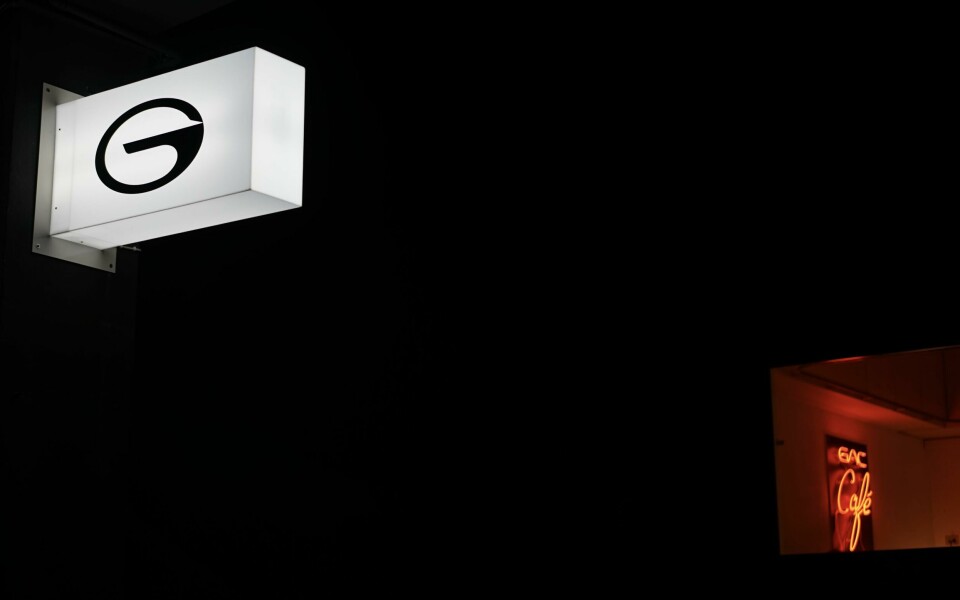
Inside GAC’s new Milan advanced design studio
Car Design News sits down with Stephane Janin and Fan Zhang to learn more about GAC’s new European advanced design studio in Milan
GAC recently revealed its new European advanced design studio in Milan, boosting its creative might and, the brand hopes, adding a new flavour to its designs moving forward. Car Design News recently attended the opening and sat down with the site’s directors to find out more.
The studio is nestled in Milan’s bustling Tortona district, the place to be for independent fashion and design in what is already one of the fashion capitals of the world. Armani’s headquarters are round the corner, as are offices from Fendi and Moncler. The surrounding streets are littered with upmarket homeware shops, houseplant nurseries and classic Italian sports cars. Not a bad spot to be, then, and the team behind the studio was excited to show off what had been kept under wraps.

Hidden down a side street with only the smallest of corporate plaques, you would be hard pushed to notice the studio at all. A plain façade suggests this could be just another workshop or café. It is in fact a combination of both: the site previously belonged to photographer Giovanni Gastel – who sadly died during the coronavirus pandemic – and was explicitly designed to feel like a coffee shop. Look closely and you can see the glow of a neon ‘GAC Café’ sign through the upstairs window.
Inside and the building is fairly compact, with an open-plan lower floor that is separated by a bookcase sporting inspirational trinkets from fashion brand Supreme, books on Chinese architecture and world travel, and diecast models of GAC concept cars. Literature on Italian history and culture is also dotted around. On one side of the partition is a casual presentation/lunching area with stools, tables and stairs up to the café, while on the other is a larger space with desks and drawing areas. It is clearly decked out to encourage “outside the box thinking.”
It’s no accident that this is a small space. Stephane Janin, who heads up the new studio and joins with a rich background of senior design positions at Renault and its Alliance partners, explains that the aim was always to keep things cosy. Ideally hosting no more than 25 people at max capacity, it should feel like a start-up, he says. The café layout encourages spontaneity, breeding casual and open discussions. This means projects – such as the Barchetta concept revealed at the opening – can get up and running far quicker than usual. “Work becomes super efficient,” says Janin. “You can talk to people and make decisions instantly. You don’t organise, you just create. We trust each other and push each other.”
And because the team is leaning more heavily on digital tools than other studios might have in the past, the space can afford to be more compact. “This is a next-generation design studio. You can do the first stages of design purely digitally, which means you can work in smaller spaces,” says Janin. Hammering his point home during a presentation was a slide that showed the anatomy of a modern-day car designer: all they need in their bag is a laptop, tablet, VR headset and a sketchbook. (This is obviously an oversimplification, but the point landed.) There is even a VR design review area in the studio, based in Giovanni Gastel’s old library.
All this came about following an expansion of GAC’s design footprint in LA and Shanghai, with advanced studios in each city popping up within the last few years. In a fitting tribute to the agile nature of the Milan studio, Zhang explains that the idea for a new studio was partly a reaction to the flurry of applications coming into GAC from European designers, not only in China but also to the LA studio, led by Pontus Fontaeus. A Milan outpost was also a natural next step to build on the success of these studios, Zhang continues. “These advanced design studios proved to be good moves for us,” he says. “Our Guangzhou studio has benefitted very much from the creativity and freshness of ideas from those studios, which have provided a lot of nutrition to our production designers.”
And so with sites in China and North America, branching out into Europe simply made sense. “At a certain point, I asked myself whether what we were doing was enough. I didn’t feel it was,” says Zhang. “We had spots in China and North America, but despite such a rich history of car design and talented people in Europe, we hadn’t put anything there. It was a missed opportunity, and I thought we needed to fix that.”

In terms of exact location, Milan was chosen for good reason. Rich history of fashion and design aside, it is also an architect’s delight (the parallels between car and building design is well known) and offers a vibrant mix of mobility solutions. The Milanese travel by train, tram, scooter, bicycle, bus and of course, by car. The city itself is busy but the outskirts boast amazing roads that wind through the mountains.
All these qualities were put forward to Janin by GAC’s design boss Fan Zhang, who was recruiting for the role. “When I started talking to Fan about this project, I was very excited, I jumped right in,” explained Janin. “As a car designer, we need to be somewhere where we can experiment, but we also need to be somewhere where driving is still meaningful. In Milan we can understand new mobility, but also experience the love of driving.”
Janin is actively encouraging the team to engage with its Italian automotive roots and gain a deeper understanding of how the region has bred such iconic designs over the years. There will be trips to sites such as Lingotto in Turin, the factory-cum-test track, and the Alfa Romeo museum on the outskirts of Milan. “There is a strong car culture here,” says Janin, “and we are actually preparing a programme for our designers to learn from the past.” The proof is in the pudding here with the Barchetta concept, the first in a series of experimental concept cars the studio will be working on.
A mix of talent has been brought in, with young yet experienced designers from the car industry, but also those with a background in product, industrial and interior design. “It is about diversity and offering different perspectives, which is very important for thinking outside the box,” says Zhang. “Some of the designers came through working on clay models, others might rely more on digital tools like Blender. There is a real mix. However, you can only have that with a small team.” Janin recognises that this is not normally how things are done. “We took some risks,” he jokes.

Moving forward, small studios like this might punch above their weight when it comes to their influence within the wider organisation. As a lacklustre presence at Detroit and Paris would illustrate, physical motorshows may not be the pinnacle they once were. The ability to trial and develop new ideas could mean that rather than one or two concepts a year, a series of concepts are released.
And even those concepts that don’t meet the public eye could help when it comes to getting management sign-off. “The way we communicate our products is different these days,” observes Zhang. The Barchetta concept was put together in just two months – a timeframe that would be unheard of for most major carmakers. And by all accounts it was a popular project. “This is one of the best concepting experiences I’ve ever been involved in,” notes Janin.
Time will tell how the studio integrates within the wider GAC machine, but there is certainly some exciting work coming out of the Chinese carmaker which seems to be moving from strength to strength.















